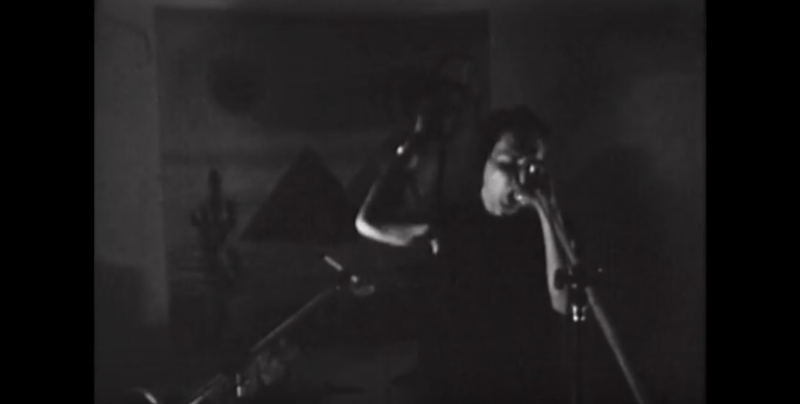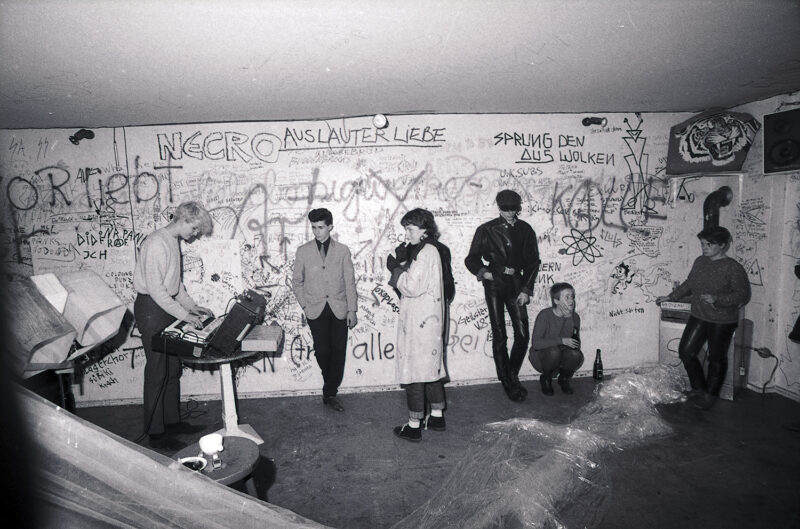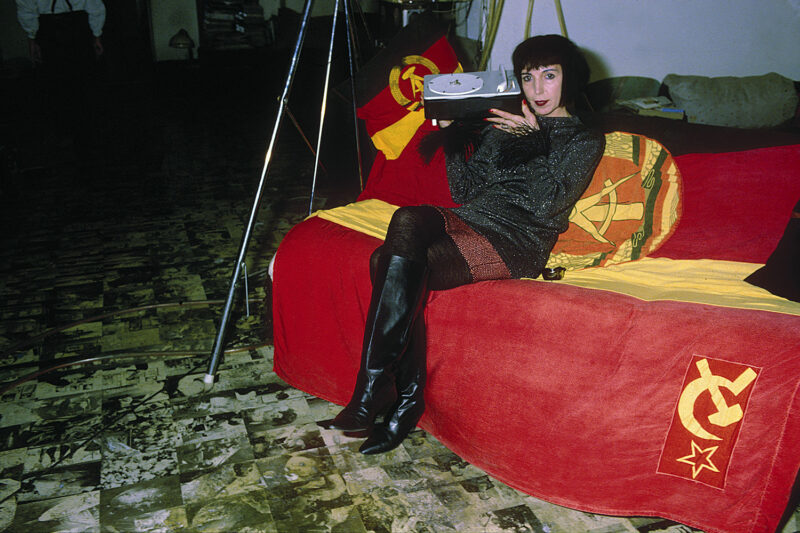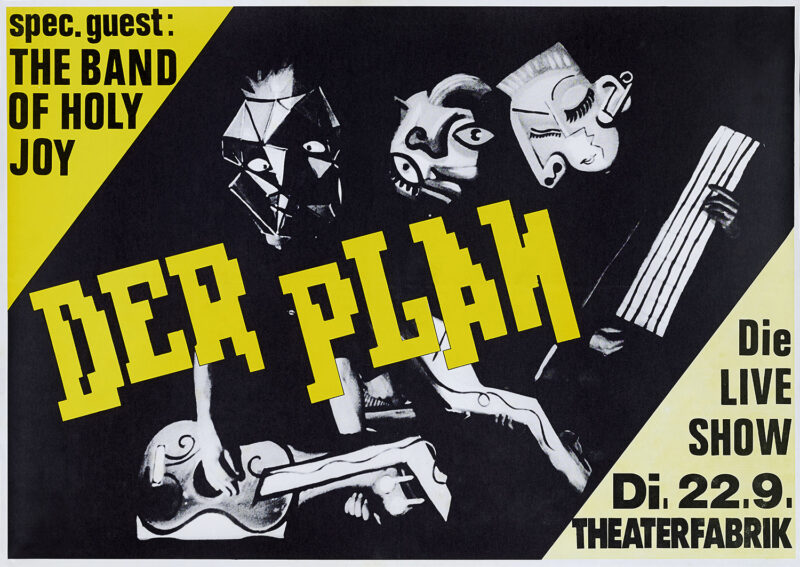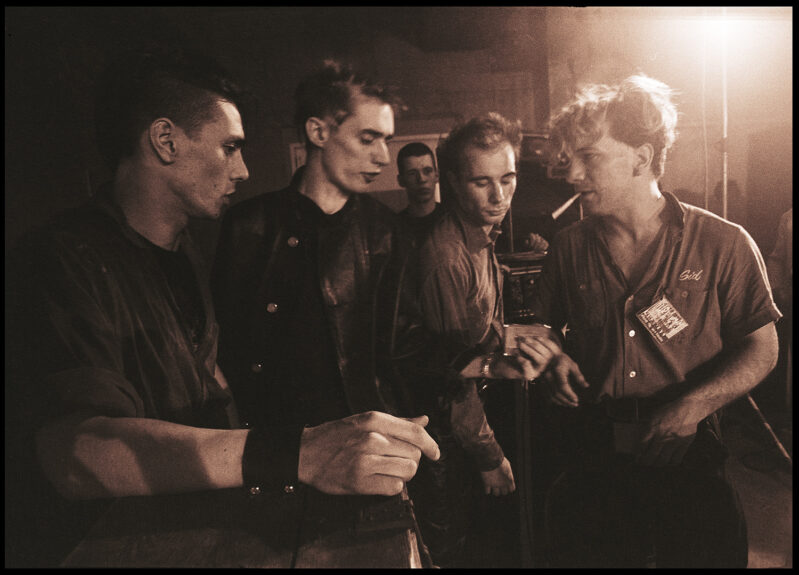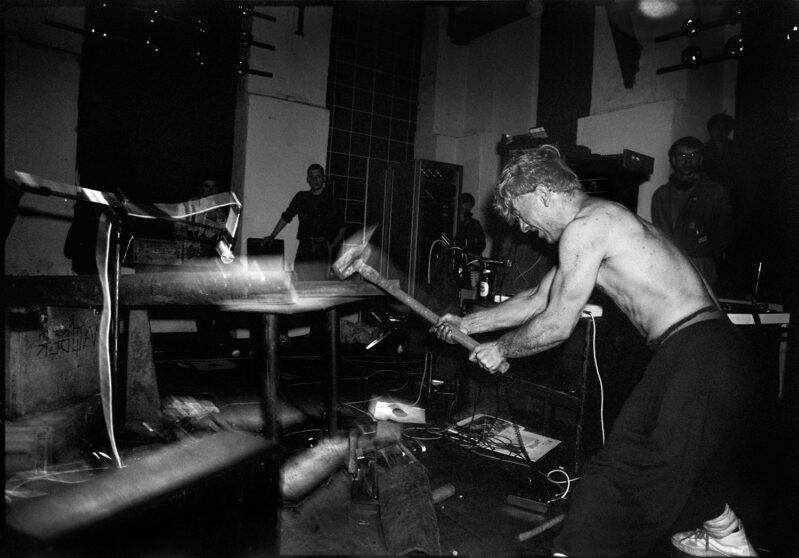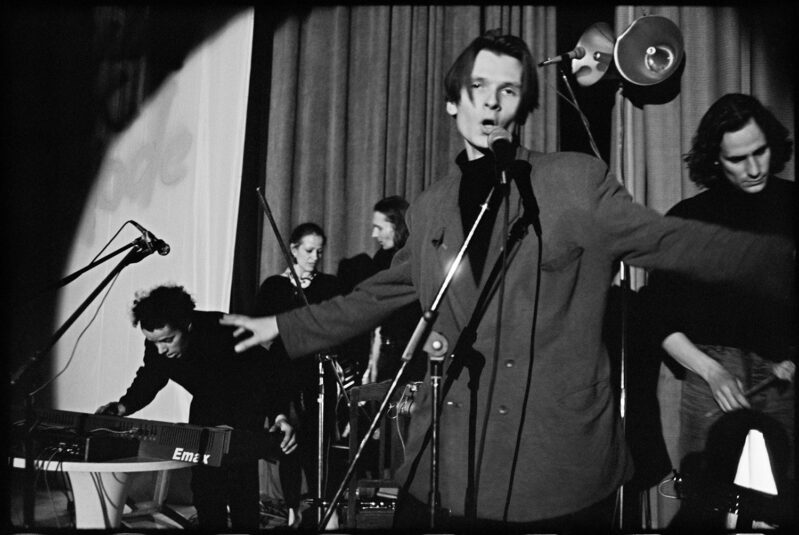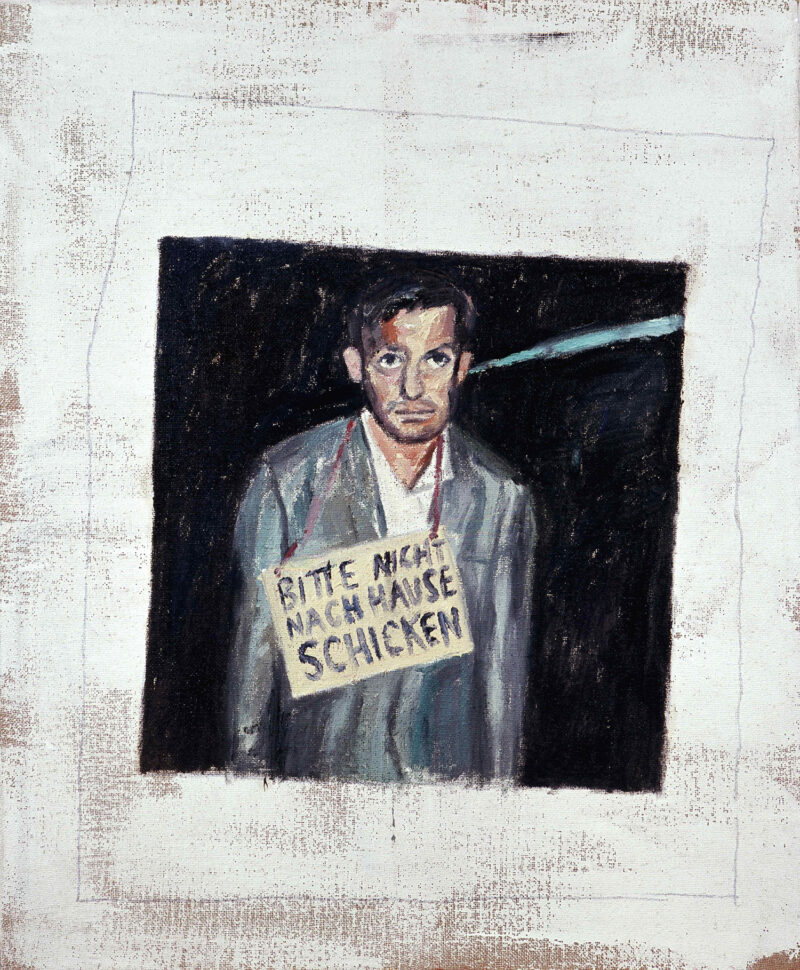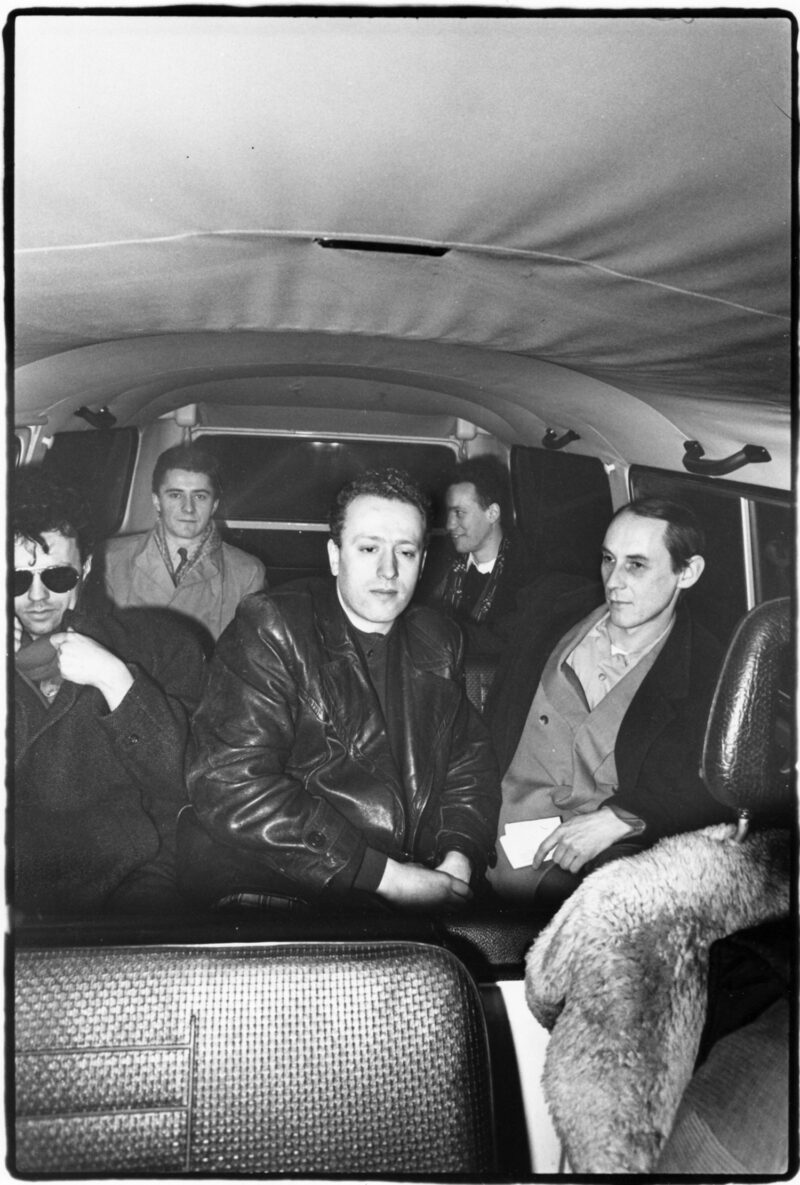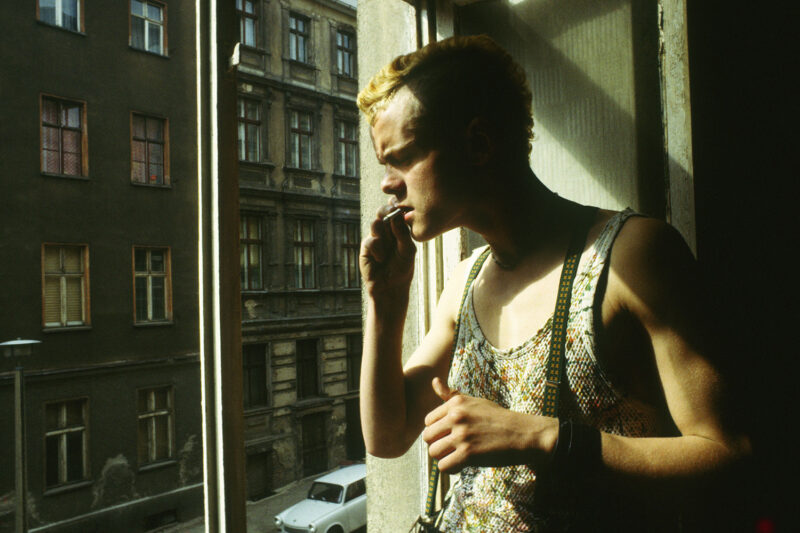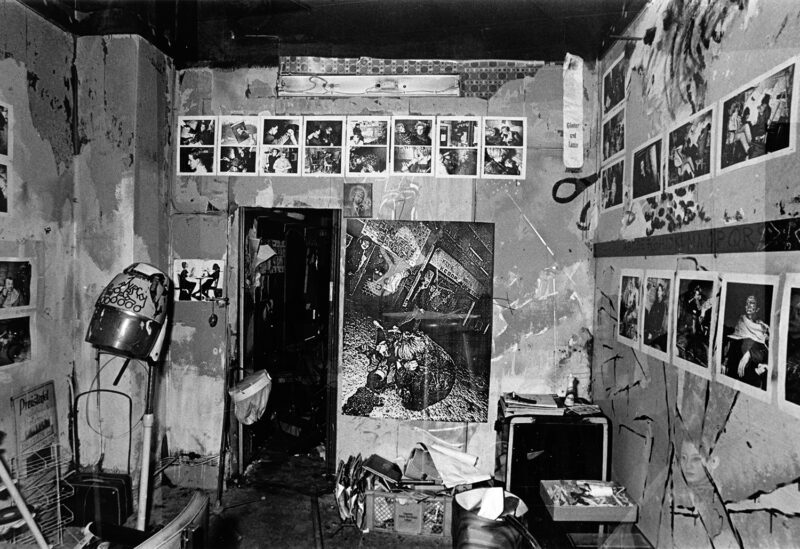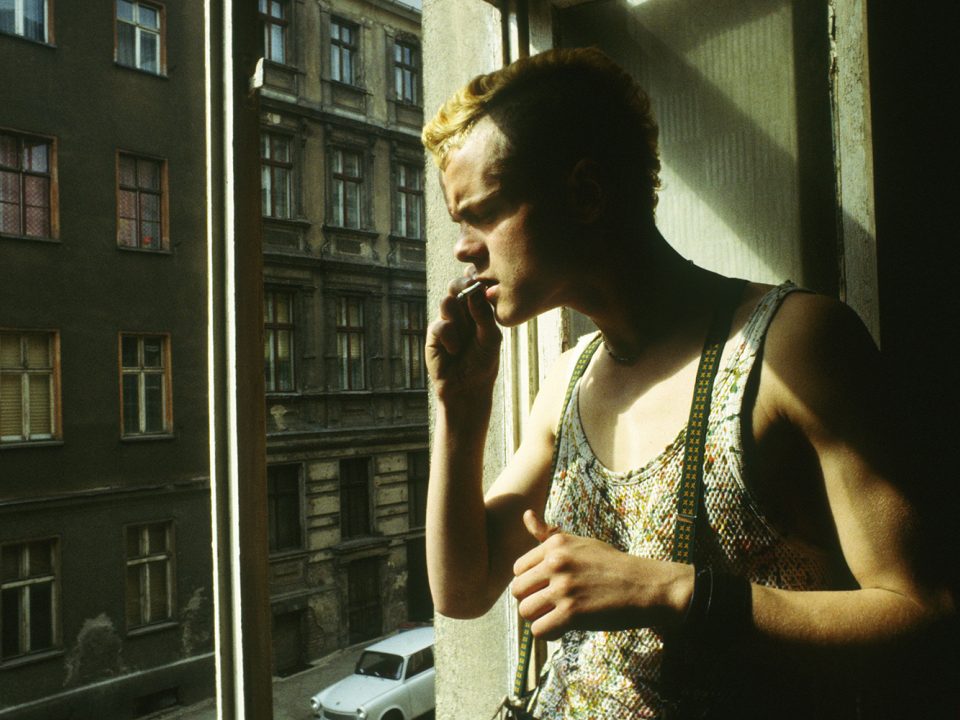"Geniale Dilletanten" [Genial Dilletantes], the deliberately misspelled title of the concert held in Berlin's Tempodrom in 1981, has become a synonym for a brief era of artistic upheaval in Germany. The intense cultural activity of this period developed particularly in and around art schools and was marked by cross-genre experimentation and the use of new electronic equipment; musical craftsmanship was frequently spurned. The emergence of new record labels, magazines, galleries and clubs, as well as the plethora of independently produced records, tapes and concerts, illustrate the growth of self-organisation and the do-it-yourself spirit of this period. By adopting German rather than English as the language for song lyrics and band names, the protagonists of this new scene set themselves apart from the mainstream, giving credence to the movement's claim to be representing a radical new departure. Its vociferous protest and targeted provocation also brought Germany's alternative art scene international acclaim and recognition.
To illustrate the extraordinary innovative spectrum of this subculture the exhibition presents the work of seven bands, in addition to various artists, filmmakers and designers from the most stimulating cities and regions in West and East Germany. The bands profiled in the show include the "Einstürzende Neubauten" [Collapsing New Buildings], a project that explored the boundaries between music and noise using instruments made from scrap metal and everyday objects; "Die Tödliche Doris" [Deadly Doris], which experimented with various artistic forms such as music, film, photography, object art and painting; "Der Plan" [The Plan], which emerged from an art gallery and performed in surreal costumes, singing ironic, sarcastic lyrics; and the band "Freiwillige Selbstkontrolle (F.S.K)" [Voluntary Self-Control], founded by contributors to the underground magazine "Mode & Verzweiflung" [Fashion & Despair], which focused in particular on moments of cultural disparity and rejected the idea of authenticity. One of F.S.K.'s best-known slogans was "Disco today, revolution tomorrow, an outing to the country the day after tomorrow. This is what we call voluntary self-control" (1980). Also included in the exhibition is the band "Palais Schaumburg" [Schaumburg Palace], whose music gained its particular character from the combination of synthesizers and sampling devices accompanied by trumpet and bizarre, atonally recited vocals. In addition, in defiance of difficult circumstances, various East Berlin artists and musicians were engaged in the avant-garde band project "Ornament und Verbrechen" [Ornament and Crime], which was influenced by jazz, industrial and electronic music. Finally, the West German duo "Deutsch Amerikanische Freundschaft (D.A.F.)" [German-American Friendship] combined provocative texts with hard drumbeats, coupled with synthesizer sounds and a stage show caught between ecstatic frenzy and tumult.
The extensive exhibition presents the protagonists and venues of artistic milieus in different German cities, offering insight into a broad variety of networks as well as exploring simultaneous developments in art, film, fashion and design. Incorporating an interview film produced especially for the exhibition, a rich array of video and photographic material, audio samples, magazines, posters and other artefacts documenting the scene, this most comprehensive presentation to date of German subculture in the 1980s will also be accompanied by a wide-ranging programme of events that includes concerts and symposia.
The films shown in the exhibition were made by Yana Yo, Helge Leiberg, Brigitte Bühler & Dieter Hormel, Norbert Meissner, Christoph Doering, Ramona Welsh, Reinhard Bock, and Knut Hoffmeister.
"Genial Dilletantes" was conceived as a Goethe-Institut touring exhibition and has been considerably expanded for its presentation at the Haus der Kunst. The exhibition has been curated by Mathilde Weh, deputy director of the department of visual arts at the Goethe-Institut.
